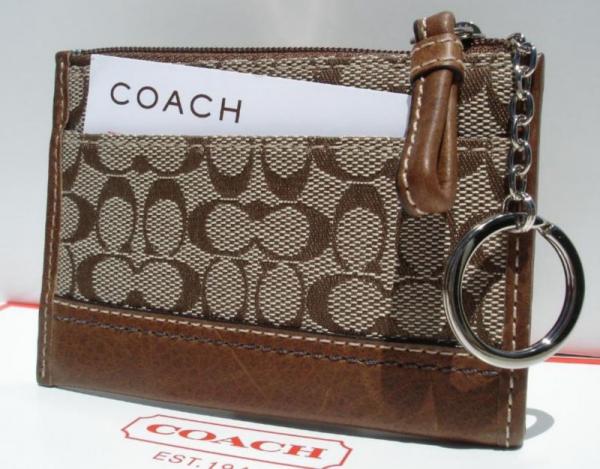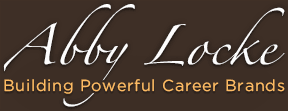
While I am not a huge TV addict, I have a few shows I enjoy, but most of all, I absolutely love some commercials…the Capital One commercials are among my favorites.
Of course, we live in a society where we are encouraged and expected to always have credit cards in our wallets.
So the last time I chuckled at a Capital One commercial, I thought about how that message and concept can apply to executive careers.
— As the new year is getting closer, do you have all the right tools and marketing materials (executive resume, executive cover letter, executive bio, executive brand statement, social medial profile) to quickly respond if needed?
— How many of you today are really, really prepared for the next opportunity?
Well, here is quick lesson on what you do over the next couple of weeks to get started your “career” wallet adequately filled with the right career marketing tools:
1) Start With LinkedIn: It has become almost standard for anyone who wants to stay visible and current in his/her industry to have a branded, SEO LinkedIn profile.
Even if your executive resume is not updated right now with all your jobs, make sure that you have an online presence – LinkedIn allows you to do so easily.
You don’t need to add the kitchen sink to your LinkedIn profile, but enough information to whet employers/recruiters/professional contacts’ appetite to reach out to you.
If you are concerned that sudden changes to your LinkedIn profile will raise flags to your existing contacts (especially if they are co-workers), adjust your settings so that every change you make does not get broadcasted.
Don’t, don’t simply re-hash your executive resume and paste it into your LinkedIn profile – remember it’s about branding, so make sure your LinkedIn profile reflects your energy, personality and unique flavor.
2) Develop An Executive Career Biography: When a two-page resume is cumbersome for quickly sharing information about your background and career credentials, a one-page narrative can do the trick.
Just cover the key highlights about each leadership role in your executive career, share your career journey and inject a few peeks into your personal life and character.
In many cases, executive recruiters will focus on the executive career biography before delving into the executive resume, wouldn’t it be great to have it handy?
3) Career Success Stories: Picture this, you can an unsolicited call from an executive recruiter who wants an example of how you spearheaded a major turnaround initiative.
You have done this many times and can point to several examples, but the words are not flowing and you end up telling a long-winded story.
Transform a few of your top career achievements into Challenge-Action-Result business case studies – going through the process makes it easy for you to tell the story effectively and it also gives you an excellent, one-page document you can email to executive recruiters – now how’s that for a great first impression?
4) Networking Profile: Think of this document as a blend of your executive career biography, LinkedIn profile and top career achievements.
This innovative, one-page profile allows you to give readers a quick summary of where you have worked, your key areas of expertise, memorable career contributions and even a few testimonials from other business leaders.
An executive networking profile is great tool to use in structured professional networking environments; a valuable document to extract your personal branding statement; and can serve as foundation for your elevator pitch.
Of course, you don’t stop there…let your “career” wallet serve as a springboard and source of motivation for getting the rest of your executive portfolio together. So, I ask you today, what’s in your “career” wallet?




